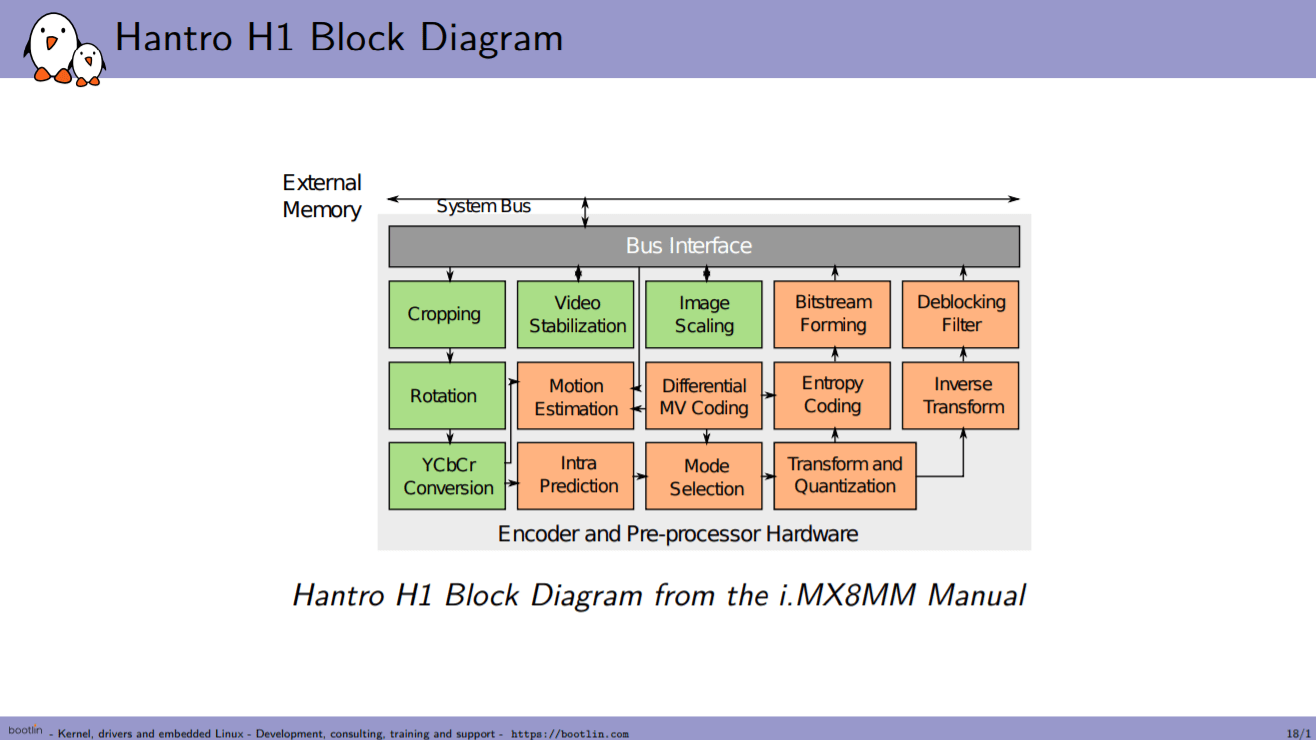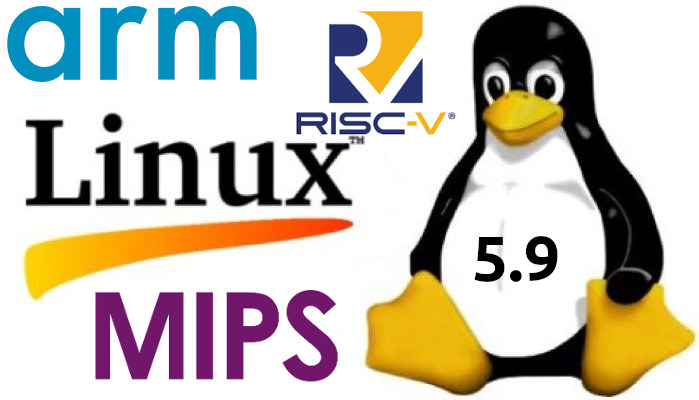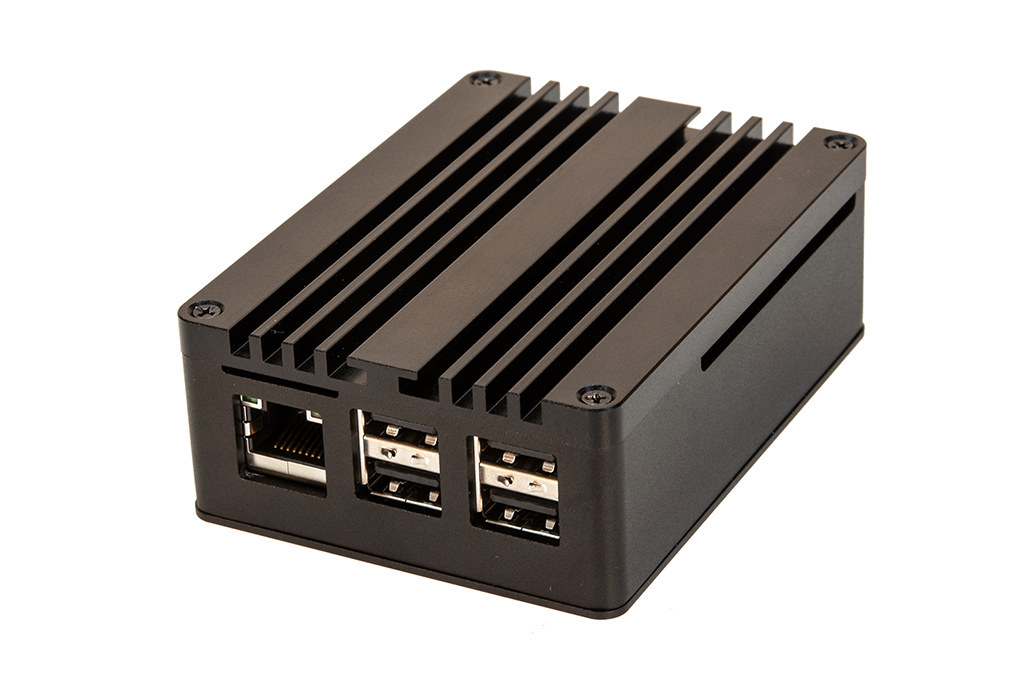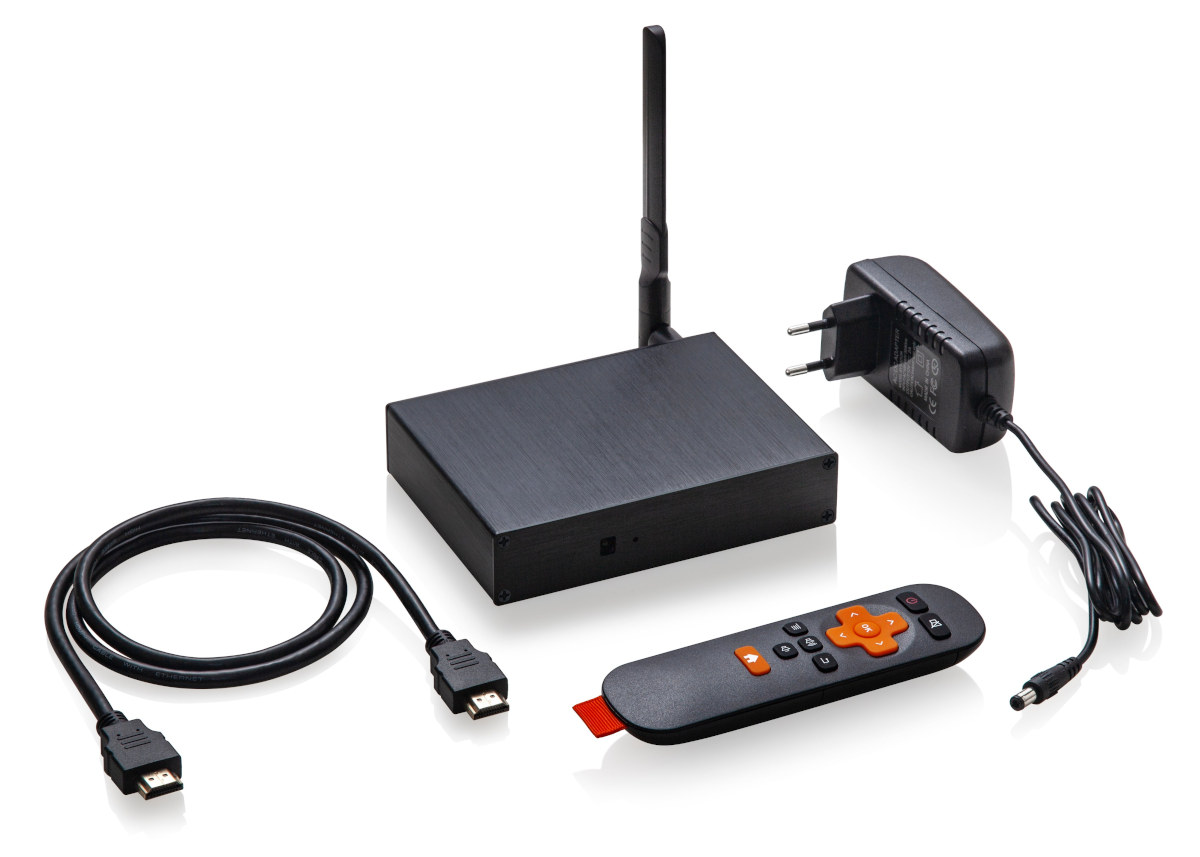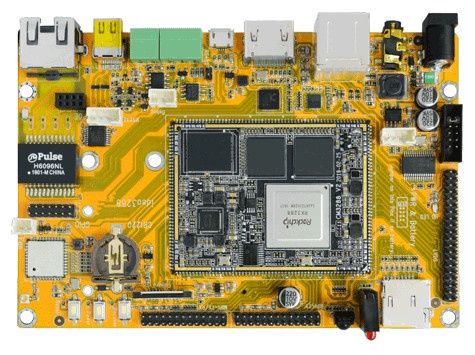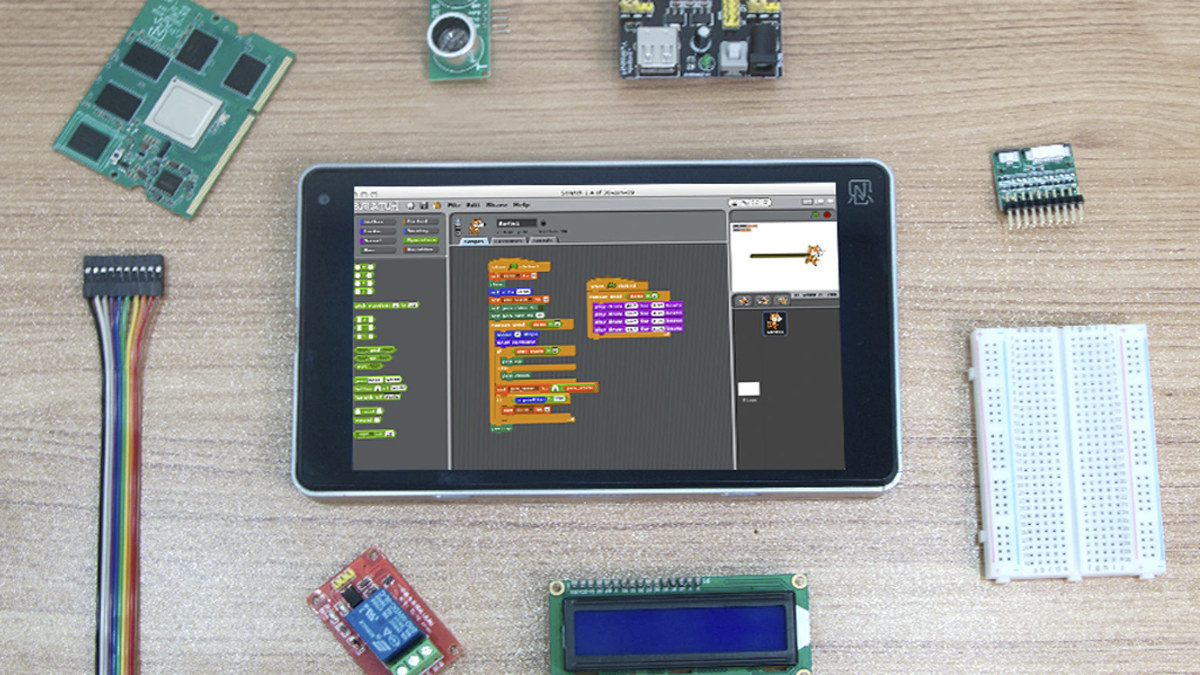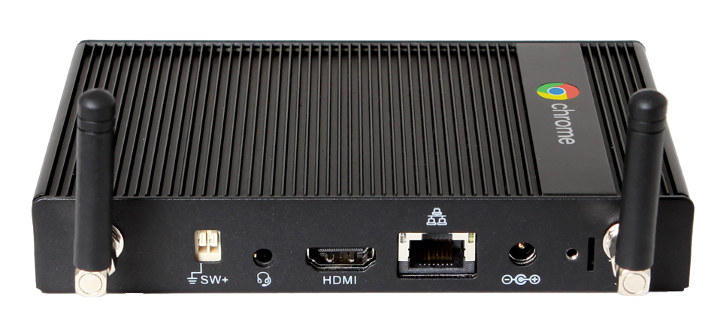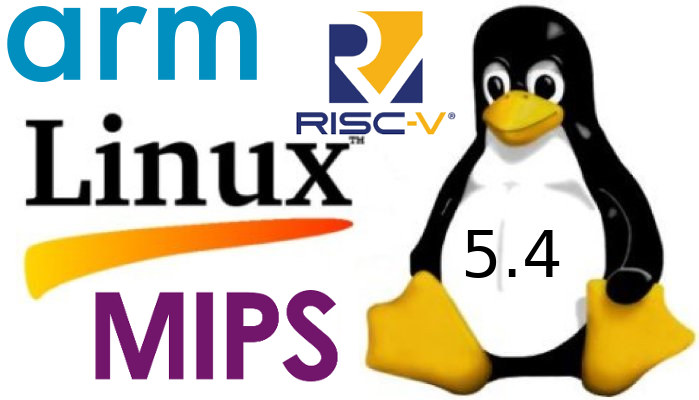With the increasing need for video encoding, there are some breakthrough developments in hardware-accelerated video encoding for Linux. Bootlin has been working on the implementation of Hantro H1 hardware accelerated video encoding to support H.264 encoding on Linux which follows the company’s work on the previously-released open-source VPU driver for Allwinner processors. Hantro H1 Hardware Hantro H1 is a common hardware H.264 encoder, it can also do VP8 and JPEG. It is found in a few ARM SoCs including a lot of Rockchip (RK3288, RK3328, RK3399, PX30, RK1808) and NXP (i.MX 8M Mini). Depending on the version, it can support up to 1080p at 30 or 60 fps. Here we can see different blocks used for encoding. Hantro H1 is a stateless hardware implementation which means it has no microcontroller or firmware running. As can be seen in the diagram, it has a pre-processor that can do things like cropping, […]
Linux 5.9 Release – Main Changes, Arm, MIPS & RISC-V Architectures
Linus Torvalds has just announced the release of Linux 5.9 on lkml: Ok, so I’ll be honest – I had hoped for quite a bit fewer changes this last week, but at the same time there doesn’t really seem to be anything particularly scary in here. It’s just more commits and more lines changed than I would have wished for. The bulk of this is the networking fixes that I already mentioned as being pending in the rc8 release notes last weekend. In fact, about half the patch (and probably more of the number of commits) is from the networking stuff (both drivers and elsewhere). Outside of that, the most visible thing is a reinstatement of the fbdev amba-clcd driver – that’s a noticeable patch, but it’s basically just mainly a revert. The rest is really really tiny (mostly some other minor driver updates, but some filesystem and architecture fixes […]
SIOT-50 industrial IoT device Integrates ASUS Tinker Board S in rugged enclosure
Stealth is a Canadian company that specializes in rugged displays, computers, and other ruggedized electronics for the industrial, defense, and marine markets. The company published a press release for a new rugged fanless mini PC equipped with a dedicated NVIDIA GeForce graphics card, and older Intel 6th and 7th Generation Core i5, i7 & Xeon processors. But as I browsed their website, I also noticed a compact “industrial IoT device” with a rugged enclosure called SIOT-50 that appeared to be fitted with an off-the-shelf Arm Linux SBC. Let’s look at the SIOT-50 specifications and photos to find out which SBC that may be: SoC – Rockchip RK3288 quad-core Cortex-A17 processor with Arm Mali-T764 GPU, H.264/H.265 video hardware decoder System Memory – 2GB DDR3 Storage – 16GB eMMC flash, MicroSD card slot Video Output – HDMI up to 4K @ 30hz Audio – Realtek ALC4040 audio codec, 3.5mm audio Line Out […]
Rikomagic DS02 Android Digital Signage Player Supports 4G LTE or WiFi Connectivity
Rikomagic is mostly known for its Android mini PCs and TV boxes, but in recent years they’ve started offering solutions for digital signage, and their latest product is Rikomagic D02 digital signage player running Android 7.1 on a Rockchip RK3288 processor and offering either WiFi or 4G LTE cellular connectivity. Rikomagic DS02 specifications: SoC – Rockchip RK3288 quad-core Arm Cortex-A17 processor @ up to 1.8GHz GPU with Mali-T760 MP GPU System Memory – 2GB RAM Storage – 16GB flash, MicroSD card socket Video Output HDMI 2.0 up to 4K @ 60 Hz (Note 60Hz support may depend on your TV supporting CbCr 4:4:4 or RGB 4:4:4 modes) Internal reserved pins for LVDS, and backlight Touch panel support via USB only Audio – 3.5mm headphone jack, digital audio via HDMI; optional MIC Connectivity Gigabit Ethernet with WoL support Dual-band 802.11b/g/n/ac WiFi 5 4G LTE with Micro SIM card slot Note 4G […]
Boardcon Idea3288 Android SBC is Made for Digital Signage, Smart PoS, and Vending Machines
Boardcon Announces the Idea3288 SBC Boardcon Idea3288 targets the commercial market with a variety of applications for its latest SBC, utilizing a Rockchip 3288 CPU module. The company says the Idea3288 is customizable for whatever commercial application that can be had, such as digital displays, vending machines, intelligent POS, automotive, IoT, and even access control systems. Idea SoC RK3288 and Interfaces The SBC is comprised of a Rockchip RK3288 quad-core Arm Cortex A17 processor with a Mali-T764 GPU, 2GB RAM, and 8GB eMMC flash. The interfaces include GbE, mDP, HDMI, 3x USB2.0 Host ports, one USB OTG port, audio, battery, MIPI DSI/CSI, UARTs, RS485, CAN, POE, Micro SD, PCI-e (for 4G modem), M.2 slot (for SSD), SIM slot, and more. The SBC is made up of a carrier board and a CPU module The SBC runs Android 7.1.2 operating system and is built to handle 4K video playback. The Idea3288 […]
Ntablet Android & Linux Tablet Features a Replaceable RK3288 CPU Module, GPIO Board
Most tablets on the market either run Android or Windows, and while some have tried to launch Linux tablets, none of the products have really caught on, although the upcoming PINETAB might change that. Another option might be Ntablet 7″ tablet that runs either Android, Debian or WebOS Linux operating systems, but also offers some innovative features such as a replaceable Rockchip RK3288 CPU module, and an external GPIO board for makers. Ntablet hardware specifications: SoC – Rockchip RK3288 quad-core Cortex-A17 processor @ 1.8 GHz with Mali-T760 quad-core GPU System Memory – 2GB LPDDR3 Storage – 16GB eMMC flash, MicroSD card slot up to 32GB Display – 7″ touchscreen IPS display with 1920×1200 resolution Video Output – Micro HDMI port Audio – 3.5mm headphone jack Camera – 5MP front-facing camera (OV5648 sensor) Connectivity – 802.11b/g/n/ac WiFi 5 and Bluetooth 4.0 via Ampak AP6255 module USB – 1x USB 2.0 port, […]
AOPEN Chromebox Mini is Designed for Digital Signage and Kiosks
Most ChromeOS devices are designed for either the consumer or educational markets, but Google’s operating system can also be used for commercial applications such as digital signage. A cheap way to set up a ChromeOS based digital is to get a ChromeBit (around $100 used) and install one of the Digital Signage apps for the OS. But as I checked out Linux 5.4 changelog, I came across AOPEN Chromebox Mini (codename Fievel) powered by a Rockchip RK3288 processor and described as an “enterprise-ready” Chromebox for 24/7 operation as digital signage or kiosk. AOPEN Chromebox Mini specifications: SoC – Rockchip RK3288C quad-core Cortex-A17 processor @ up to 1.8GHz with Arm Mali-T764MP GPU clocked at up to 600 MHz System Memory – Dual-channel 4GB LPDDR3 Storage – 16GB eMMC 5.0 flash Video Output – HDMI up to 1080p60 Audio – 1x combo jack with Line out/Line in Connectivity – Gigabit Ethernet, WiFi […]
Linux 5.4 Release – Main Changes, Arm, MIPS & RISC-V Architectures
Linus Torvalds has just announced the release of Linux 5.4: Not a lot happened this last week, which is just how I like it. And as expected, most of the pull requests I got were for the 5.5 merge window, which I’ll obviously start working through tomorrow. What little there is here is mostly some networking updates (mix of network drivers and core networking), and some minor GPU driver updates. Other than that it’s a small collection of random other things all over. The appended shortlog is small enough that you might as well just scroll through it. Anyway, this obviously opens the merge window for 5.5. It’s not ideal timing with Thanksgiving week coming up, but it hopefully shouldn’t be too much of an issue. If I fall behind (not because I’m all that big of a fan of the indiscriminate and relentless turkey-killing holiday) it’s because we’ve got […]


